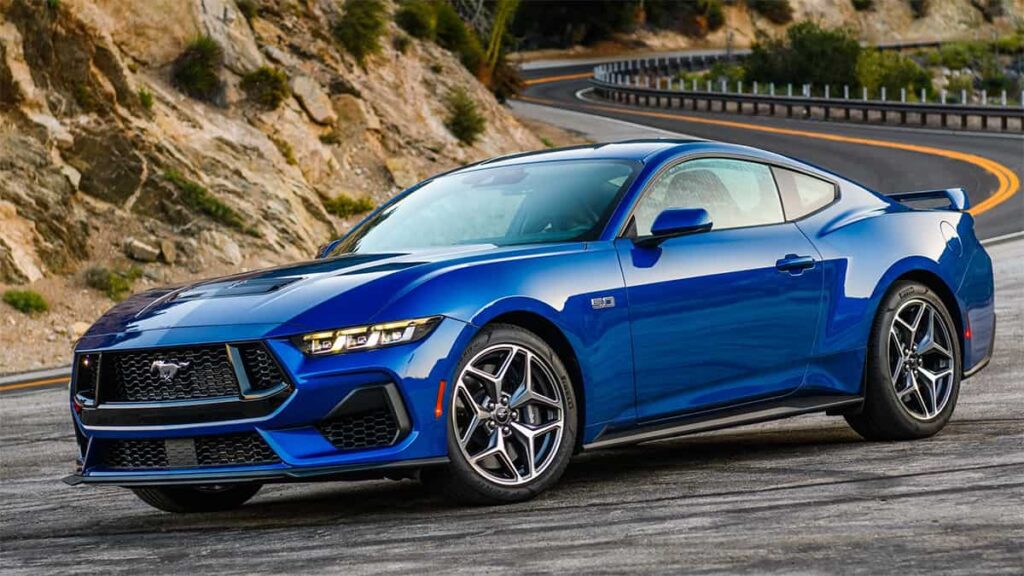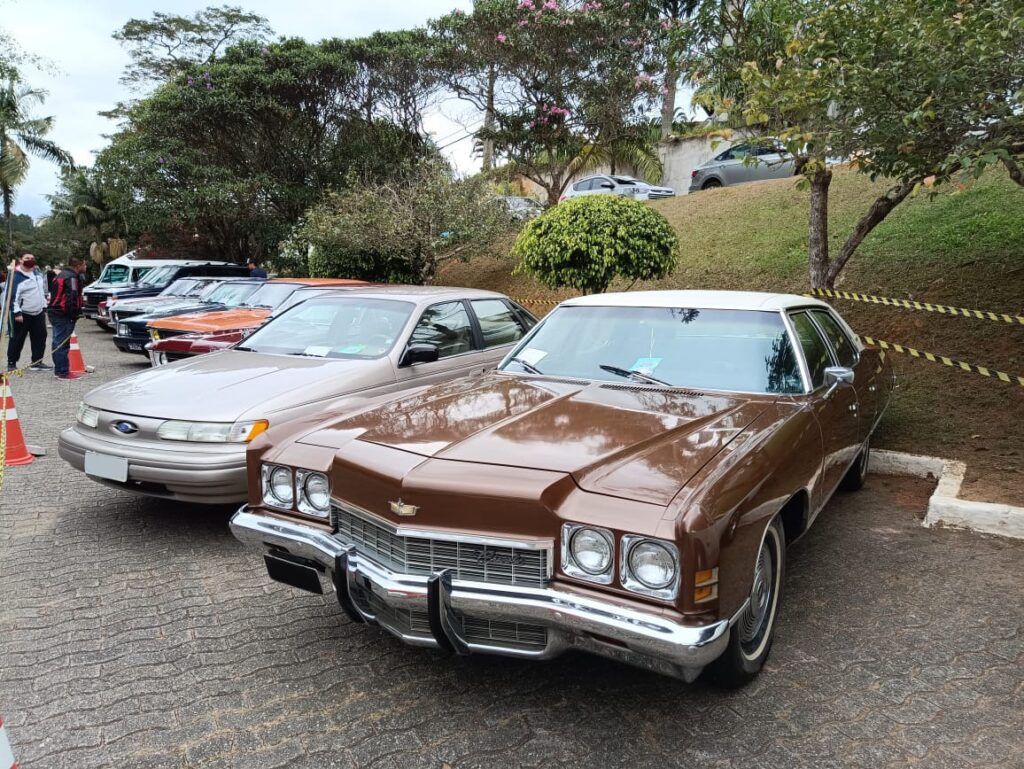Navigating the cars – buying landscape can be as tricky as a rush-hour commute in downtown traffic. For the younger and older, the decision on how to acquire a vehicle is particularly pressing. In this article, we’ll break down the ins and outs of buying new, purchasing used, and opting for leasing.
By the end, you’ll be equipped with the knowledge to make an informed decision that suits your lifestyle and financial plan.
The Shiny New Model: Buying New Cars
When you purchase a new car, you’re not just buying a mode of transport; you’re buying peace of mind. There’s nothing quite like the scent of a fresh interior and the assurance that comes with a full manufacturer’s warranty. But, is it the right choice for you?


Pros New Cars:
- Latest Technology: New cars come with the newest bells and whistles, from advanced safety features to the latest entertainment systems.
- Full Warranty: Comprehensive coverage means fewer worries about repairs and defects.
- Customization: You can have it tailored to your exact preferences, from color to trim options.


Cons:
- Depreciation: A new car loses value the moment you drive it off the lot, typically around 20-30% in the first year.
- Higher Insurance: Newer cars come with higher insurance premiums.
- Upfront Cost: The initial investment is significantly higher than buying used.


check it out too
- Owning a car: depreciation, insurance and maintenance
- Family Travel Tips: Using Credit Card Miles
- Peak Season Travel: Credit Card Miles During Busy Times
The Reliable Companion: Buying Used Cars
Opting for a used car means you’re letting someone else take the hit on depreciation, but there’s more to it than just economics.
Pros Used Cars:
- Lower Depreciation: The first owner has absorbed the major depreciation hit.
- Reduced Insurance Rates: Generally, it’s cheaper to insure a used car.
- Reviews and History: You can research the vehicle’s track record and read long-term reviews.


Cons:
- Unknown Past: Even with a vehicle history report, you might not know the full story.
- Shorter Lifespan: Depending on its age and condition, a used car might not last as long as a new one.
- Higher Maintenance: Older cars may require more upkeep and repairs.


The Flexible Option: Leasing a Car
Leasing is like renting; you pay to use the car for a fixed period, usually two to four years. It’s a way to drive a new car without the commitment of ownership.


Pros Leasing a Car:
- Drive New Cars More Often: At the end of your lease term, you can simply return it and lease another new car.
- Lower Monthly Payments: Leases can often be cheaper per month than financing a new car.
- Warranty Coverage: Most lease terms coincide with the vehicle’s warranty period.


Cons:
- No Ownership: You’re paying for use, not to own, so you won’t have any asset equity.
- Mileage Limits: Exceeding mileage limits can result in costly penalties.
- Wear and Tear Charges: If the car has more than the expected level of wear and tear, you could face additional fees.


Bullet Point Summary:
- New Cars: Latest tech, full warranty, high depreciation.
- Used Cars: Lower cost, potential unknowns, higher maintenance.
- Leasing: Flexibility, lower payments, no ownership.
Making the Smart Choice
Your ideal choice depends on your personal circumstances. Consider the following:
- Budget: How much are you willing or able to spend upfront and monthly?
- Lifestyle: Do you crave the latest models, or is long-term value more important to you?
- Driving Habits: Will you be driving enough to worry about mileage limits on a lease?


Incorporating Real-Life Context
Imagine you’re living in a bustling city with moderate commutes, or you’re a weekend warrior who loves road trips. Each scenario might lead you to a different decision. City dwellers might favor leasing for the flexibility and lower responsibility, while road trippers might lean towards ownership for the freedom to roam without restrictions.
Conclusion
Whether you buy new, go for a pre-loved vehicle, or lease, each strategy has its merits and downsides. The key is to align your car acquisition method with your financial situation, driving habits, and personal preferences. And remember, the journey is as important as the destination. Choose a car that not only gets you where you need to go but also fits who you are.
There you have it — a complete guide to choosing the best car acquisition strategy for your needs. Drive safely, and enjoy the ride!





